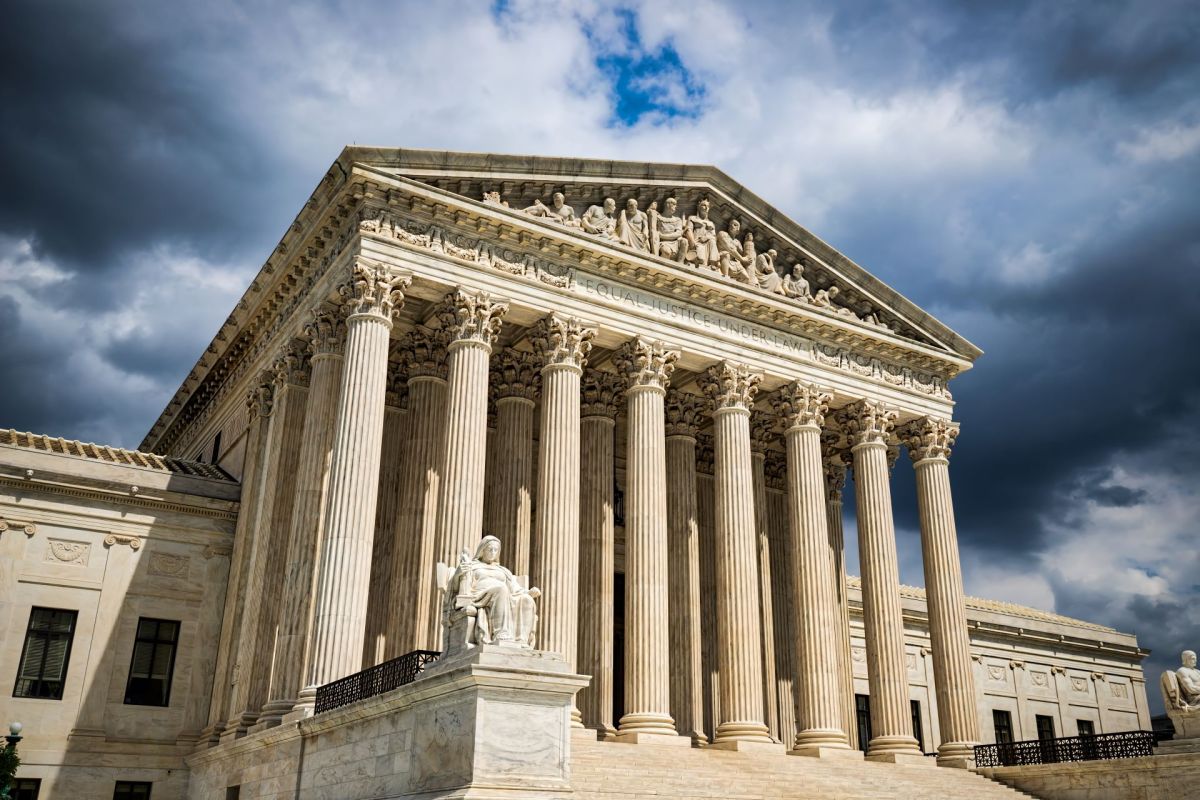On May 25, the Supreme Court significantly limited the Environmental Protection Agency's (EPA) ability to protect U.S. water with its decision in Sackett v. EPA, reported The Washington Post.
The ruling reduces the scope of the Clean Water Act (CWA) and shifts the responsibility of maintaining the health of certain bodies of water away from the EPA and onto individual states.
This is the second Supreme Court decision in less than a year to narrow the EPA's power to protect our air and water from pollution.
What happened?
The case, brought by landowners Michael and Chantell Sackett, concerns the couple's rights to develop their property, which lies on wetlands in Idaho.
The EPA halted construction when the couple did not obtain a permit to disturb the wetlands. Although all nine Supreme Court justices agreed the homeowners should not be subject to EPA oversight, the court was split on how to determine which wetlands qualify for protection.
In the majority opinion, conservative Justice Samuel Alito took issue with the CWA's vague language, arguing that waters under EPA regulation include only those "with a continuous surface connection to bodies" of water that are "indistinguishable" from streams, oceans, rivers, and lakes, leaving hundreds of acres of wetlands vulnerable.
Justice Brett Kavanagh, also conservative, joined the three liberal justices in sounding the alarm that this decision will have "significant repercussions for water quality and flood control" throughout our country.
Why is this ruling concerning?
Wetlands, including marshes, bogs, and swamps, are a critical part of our global water cycle. Their sponge-like ability to absorb water slows flooding and coastal storm surges, and their sprawling root systems hold soil in place, minimizing erosion while filtering pollutants and improving water quality.
These ecosystems provide critical habitats for diverse plants and animals while also drawing significant amounts of excessive, planet-overheating pollution from our atmosphere.
Healthy wetlands can reduce property damage from flooding and storms while naturally improving water quality for drinking, fishing, and swimming. Leaving wetland conservation to the states could result in unequal guardianship across the country, impacting the health and well-being of local communities.
What can I do to help protect the wetlands?
While the justices call upon Congress to clearly define the EPA's role in protecting America's waterways, much of the power now lies at the state level to safeguard our nation's waters. In addition to contacting your local policymakers to support protections for these important water systems, there are many ways we can help preserve local wetlands.
We can protect wetlands from absorbing harmful chemicals by choosing nontoxic and plastic-free products for household cleaning and lawn care.
Growing native plants and properly disposing of pet waste, fertilizers, motor oil, and other dangerous materials help support essential ecosystems. We can also exercise respect when visiting these valuable environments to help them thrive.
Join our free newsletter for cool news and actionable info that makes it easy to help yourself while helping the planet.









